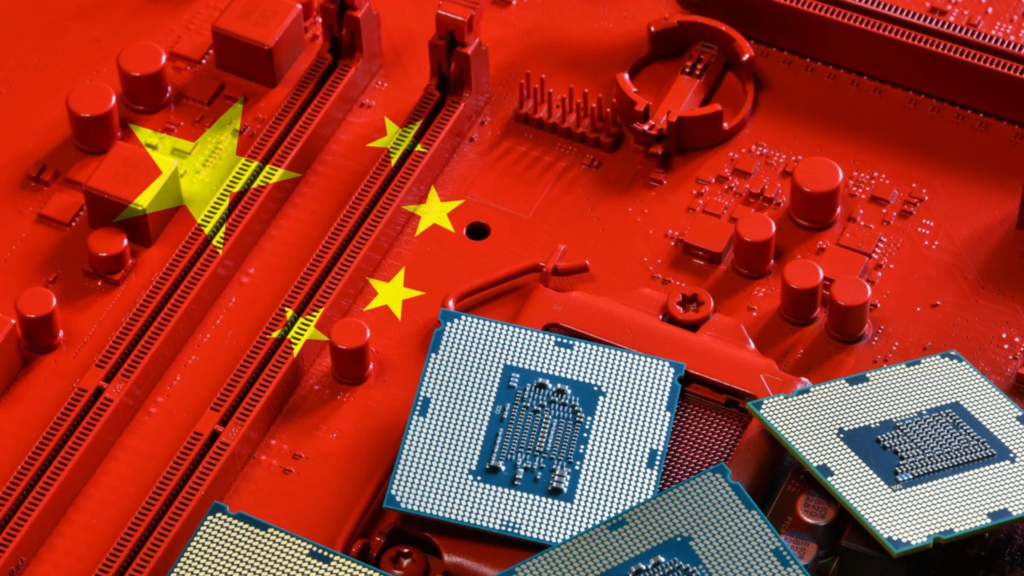Incredible. All throughout my studies the “bitter lesson”, so to speak, was that analogue circuits just couldn’t hold a candle to digital ones in terms of reliability when operating on small currents, to the point that no one bothered to miniaturize in analogue anymore. Even guitar pedals are almost all transistor-based, because it’s so much more feasible to to manipulate small currents through binary, quantized signals than analogue ones (even though the analogue ones are theoretically infinitely more precise).
Here’s the publication in Nature: https://www.nature.com/articles/s41928-025-01477-0
Here is either the pre-print or an accompanying paper on arXiv: https://arxiv.org/pdf/2205.05853
I’m trying to figure out how they get around the compounding imprecision that is inherent to multiple analogue steps and actually manage to rival digital circuit’s precision; seems like a big part come from how they have managed to squash all of the useful “work” down into almost a single step thanks to clever use of operational amplifiers on the “edges” of their resistive random access memory array.
what’s the advantage of using analogue circuits? are they cheaper in some cases? or is this more of a proof of concept? also, what are the main areas where analogue circuits are more widely used than digital ones?
Analog computing is a lot different fundamentally then digital. While the transistor is the fundamental building block of a modern CPU, the Operational Amplifier, or Op-Amp is the building block of an analog computer.
https://www.electronics-tutorials.ws/opamp/opamp_1.html
As for the pros and cons of each, I’m sure a whole disseration could be written on the topic, but I’d say “real-time” applications would benefit from analog computers. Think feedback loops.



